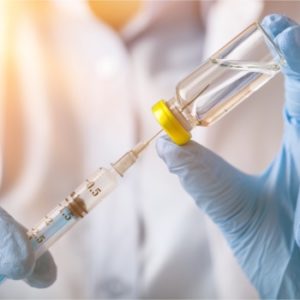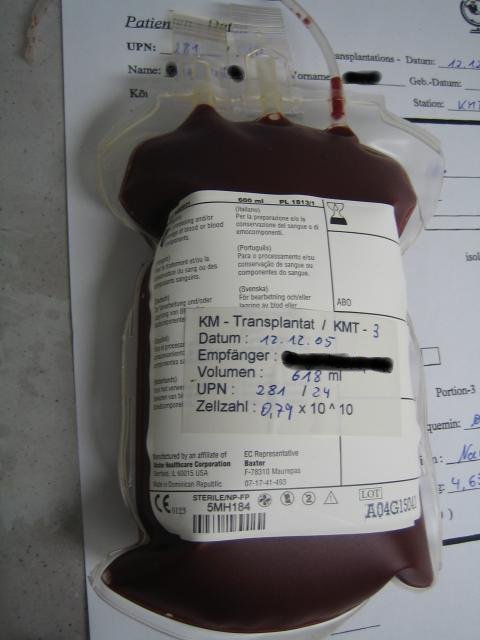“…high-dose melphalan caused an approximately 2.5-fold greater mutation accumulation rate than the rate for RVD only…”
Everyone knows that chemotherapy and radiation cause side effects. Most people don’t know, however, the cause, extent or timing of chemotherapy-induced side effects. More importantly, do newly-diagnosed multiple myeloma (NDMM) patients know that an autologous stem cell transplant (ASCT) when melphalan is used, causes serious long-term side effects?
But the ASCT does not, on average, give these newly-diagnosed MM patients longer overall survival aka length of life?
If you’re diagnosed with MM, the standard-of-care (SOC) therapy plan will be:
- induction therapy
- an ASCT
- low-dose maintenance chemotherapy
The challenge faced by the NDMM patient is that the average oncologist will prescribe the SOC for a given diagnosis. This is how the FDA works. This is how cancer care is regulated in the United States.

A growing number of studies point to “novel therapies” giving deep remissions to NDMM patients. While all NDMM patients want MRD negative status, a CR or VGPR, according to research, achieves just as long an overall survi
The studies below, if I can summarize, show two important outcomes for NDMM patients.
- First, ASCT with melphalan cause your genes to mutate- a lot. Mutation causes aging.
- Secondly, ASCT causes serious long-term side effects.
I know this because I have experienced most everything documented in the bottom study linked below.
Less chemotherapy with novel therapies are NOT the SOC. If you want your oncologist to deviate from the SOC, you will have to ask (push, cajole, beg, etc.) him/her to deviate from the SOC.
This is where I can help. Conventional oncology is a key component of your MM therapy plan. However, you may need help in interpreting your diagnostic info, your therapy plan, and your goals.
Further, while I underwent a lot of chemotherapy and radiation- and have the side effects to prove it- I am still alive and am able to research and write about MM. My point is that evidence-based nutrition, supplementation and lifestyle therapies can play a significant role in a multiple myeloma’s management of his/her MM.
If you have any questions about anything you have read, above or below, don’t hesitate to either email me or scroll down the page, post a question or a comment and I will reply to you ASAP.
David Emerson
- MM Survivor
- MM Cancer Coach
- Director PeopleBeatingCancer
Recommended Reading:
“Treatment with high-dose melphalan plus lenalidomide, bortezomib, and dexamethasone (RVD) prior to autologous stem cell transplant resulted in an approximately 2.5-fold higher rate of mutation accumulation at relapse in patients with multiple myeloma compared with treatment with RVD alone, according to data presented by Mehmet K. Samur, PhD, of Boston’s Dana-Farber Cancer Institute, at the virtual 62nd American Society of Hematology (ASH) Annual Meeting and Exposition.
“Although high-dose melphalan treatment has been around for almost 40 years now, there are still almost 90 ongoing clinical trials that are looking at different impacts of this treatment,” Dr Samur said…
Dr Samur and colleagues used whole-genome sequencing to analyze paired purified multiple myeloma cells collected at diagnosis and relapse from 68 patients treated in the IFM/DFCI 2009 study. Forty-three patients had been treated with RVD only and 25 with RVD plus high-dose melphalan.
There were a similar number of mutations at diagnosis between both arms, and mutational load increased in both arms following treatment administration. However, there was a significantly greater increase in the number of mutations and indels found at relapse in patients in the high-dose melphalan arm compared with those in the RVD-alone arm.
Using a model incorporating for new mutations, depth, and purity, Dr Samur and colleagues found that high-dose melphalan caused an approximately 2.5-fold greater mutation accumulation rate than the rate for RVD only.
“Patients who received a higher dose of melphalan in combination with RVD following by transplant accumulated more point mutations, Samur says, and to be precise, these patients accumulated around 10,000 new mutations between diagnosis and relapse at 5 years. For patients who received RVD alone, there were about 4500 new point mutations.
This study showed that treating patients with a high-dose regimen of melphalan increases the mutational load by about 2.9-fold at the time of relapse…”
“The mutation accumulation theory of ageing was first proposed by Peter Medawar in 1952 as an evolutionary explanation for biological ageing and the associated decline in fitness that accompanies it.[1] Medawar used the term ‘senescence‘ to refer to this process. The theory explains that, in the case where harmful mutations are only expressed later in life, when reproduction has ceased and future survival is increasingly unlikely, then these mutations are likely to be unknowingly passed on to future generations.[2]
In this situation the force of natural selection will be weak, and so insufficient to consistently eliminate these mutations. Medawar posited that over time these mutations would accumulate due to genetic drift and lead to the evolution of what is now referred to as ageing…”
“However, hematopoietic stem cell transplantation (HSCT) survivors are at risk of developing long-term complications, such as
- endocrinopathies,
- musculoskeletal disorders,
- cardiopulmonary compromise and
- subsequent malignancies.
These complications have a direct impact on the morbidity and mortality experienced by HSCT survivors. Two-thirds of HSCT survivors develop at least one chronic health condition; while a fifth develop severe or life-threatening conditions. HSCT patients who have survived for at least 5 years post-transplantation are at a fourfold to ninefold increased risk of late mortality for as long as 30 years from HSCT, producing an estimated 30% lower life expectancy compared with the general population…




